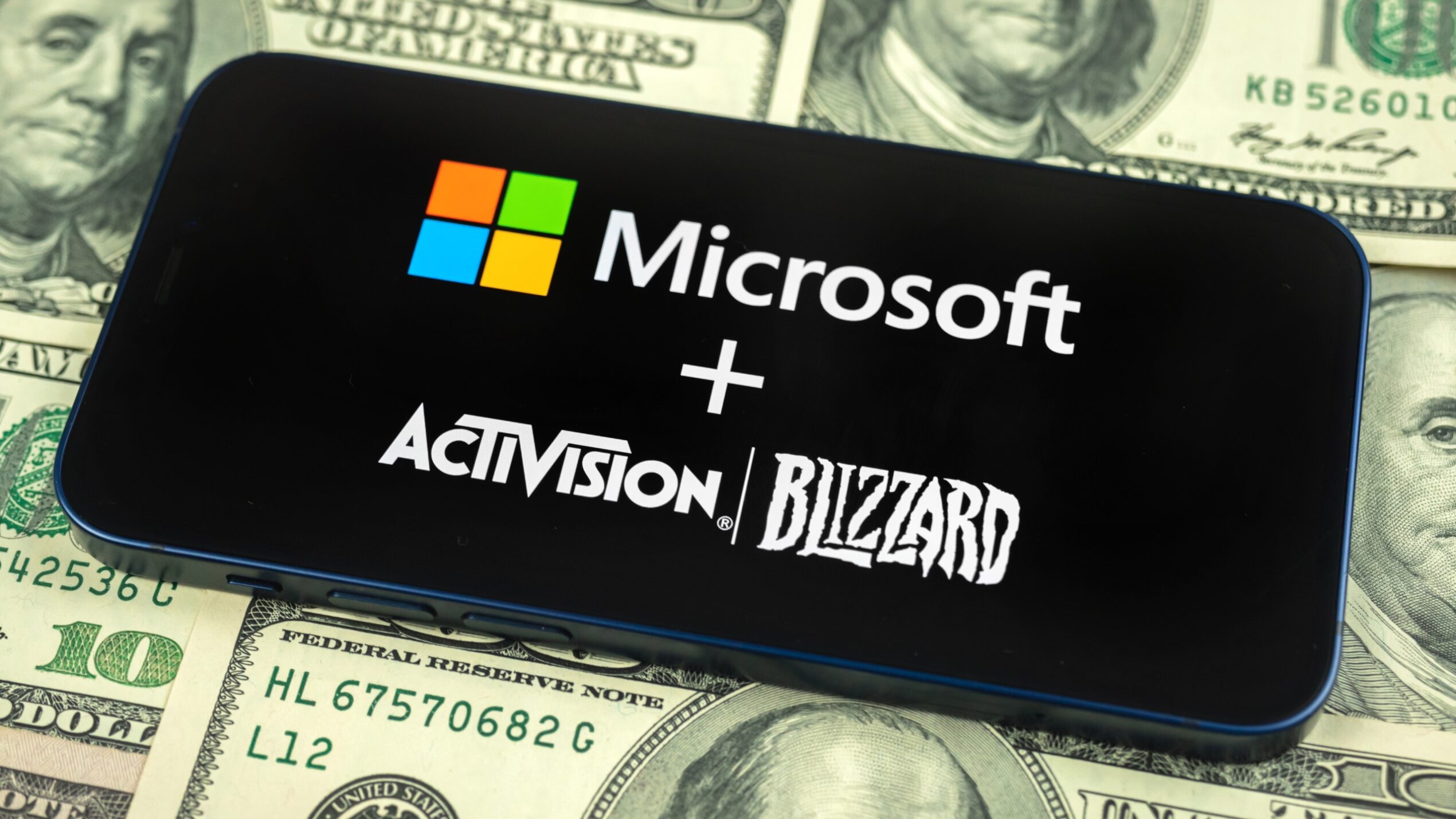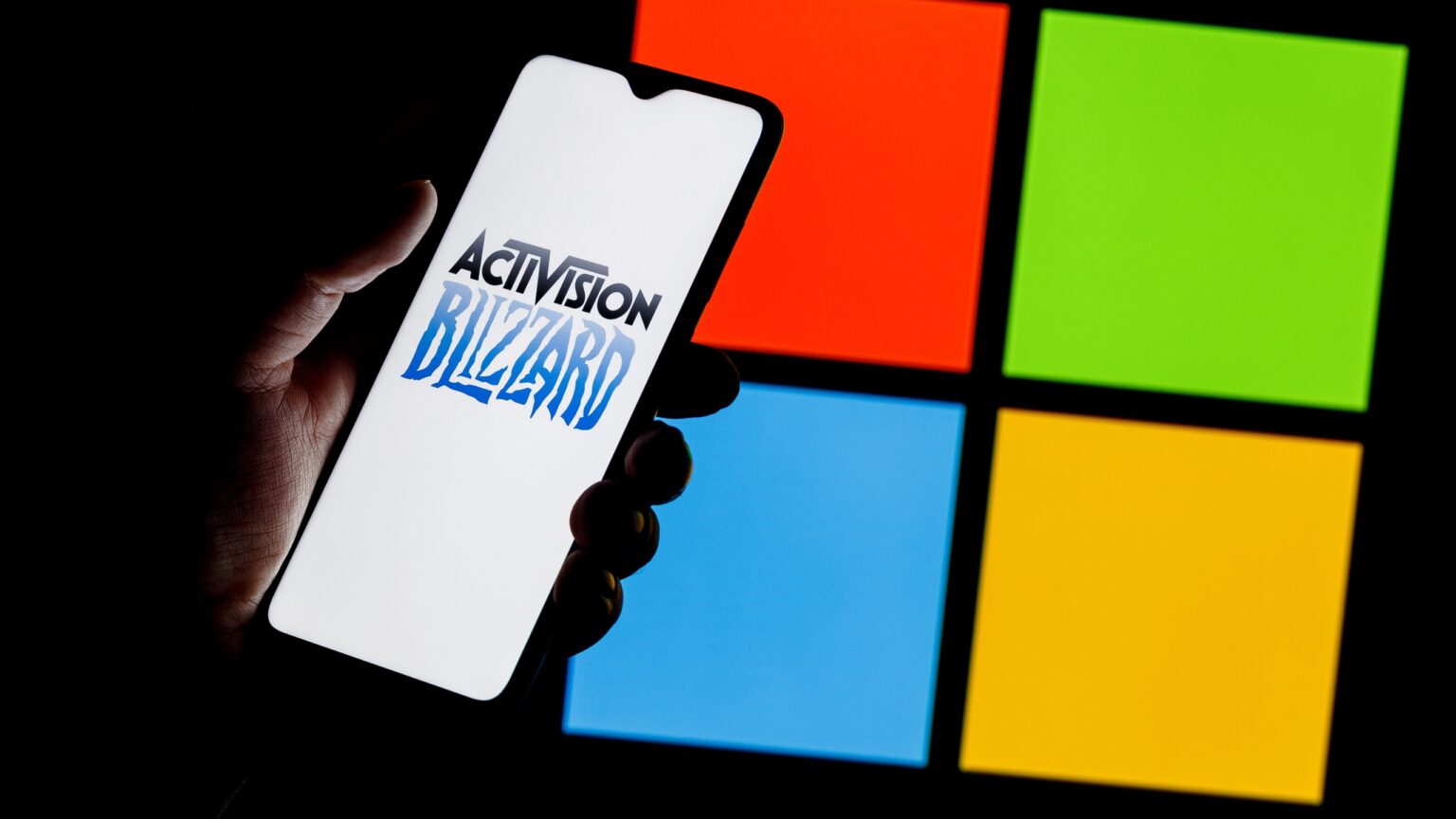When Microsoft boldly announced its $69bn takeover bid, the biggest deal in the history of the business, for games publisher Activision Blizzard last week, the world of gaming was shaken to the core.
Also read: Restaurants Engaging Customers in the Metaverse
“It’s the biggest tech merger and acquisition in history,” GlobalData principal analyst Rupantar Guha says. The deal would bring the company founded by Bill Gates as a software engineering business closer to the metaverse.
Big metaverse push
But what really is Microsoft’s play at Activision Blizzard?
“I think every large tech company is looking to dominate gaming and 3D experiences and by extension the Metaverse, and this acquisition bid by Microsoft very much represents a play in that direction,” Gordon Midwood, the CEO of Anything World says.
Even Microsoft CEO Satya Nadella reckons the planned acquisition would bring the tech giant, which is already invested in the gaming industry, a step towards the metaverse, a buzz word for an immersive virtual world that is being created by various actors.
He is not the only big tech executive making a push for the metaverse in recent years. Facebook founder and CEO Mark Zuckerberg went as far as renaming the company he founded 18 years ago to Meta Platforms to represent the change of focus to the metaverse.
To date, Zuckerberg has spent no less than $20 billion on the metaverse project. But his expinditire has not necessarily translated into big wins in the battle for the metaverse judging by the numbers he has at his Horizon Worlds.Unlike Zuckerberg, Nadella realises deep pockets alone will not guarantee dominance in the virtual world.
A gateway to the metaverse
If anything, he realises that video games are the natural gateway into the metaverse.
“Acquisitions of gaming companies) It’s a pretty shrewd tactic I believe. It’s also very interesting that large technology companies have great trouble creating compelling games themselves,” Midwood tells Meta News.
Where Zuckerberg has been building his own metaverse, Nadella intends to buy.
His choice is very logical. “It’s a shift in mindset and expertise that they in general cannot seem to master, so in this regard acquiring existing gaming companies makes a lot of sense,” Midwood says.
One thing I've been thinking about with the Microsoft-Activision merger:
1) Is the deal worse for PlayStation gamers?
No, I wouldn't say that if the games are still sold.
2) Is it better for PlayStation gamers?
No, I don't think so. Game Pass is better value than $70 games.
— Derek Strickland (@DeekeTweak) December 11, 2022
It’s a view shared by other gaming industry experts who see video games as the natural gateway into the metaverse for tech companies.
Jason Yim, founder and CEO of Trigger XR, says video games will play a critical role in the metaverse, saying it runs “through the heart of video games.”
“Fortnite and Roblox are excellent examples of how a game, a digital experience, can converge media, entertainment, technology, and business. The metaverse can be developed because of innovations in video game technology, methodology, and its proven revenue-driving community,” Yim tells Meta News.
It’s a point Midwood concurs with. He says video games are “100%” the gateway into the metaverse.“I would argue strongly that the only viable Metaverse platforms right now are gaming platforms, most notably Fortnite of course but also League of Legends, World of Warcraft and others. Roblox, although a slightly different animal, also belongs on this list,” he says.
Powerful incentive
This is because tech behemoths have what Michael Wolf, a media consultant, describes as “powerful incentives” to take the next step and develop full gaming operations.
“Every one of these [tech] companies knows gaming is going to be a growth area, and it ties into their metaverse ambitions more broadly,” Wolf says.
“With the virtual worlds of games expanding to become venues where players can do things like make purchases or watch movies, “everything you do in the real world you will be able to do inside games.”

Gaming now key battleground for metaverse dominance
As such, gaming is now a critical key battlefield for the big tech tech companies seeking to dominate the metaverse and digital economy involving billions of users.
But Midwood says its important to understand that they are two different “metaverses” to consider.
The first one, according to Midwood, is the real-world metaverse, that allows for the placement of digital content over the real world.
In it, consumers will first “try this as their gateway to the metaverse via social AR experiences” such as face lenses/FX available across Snap, Facebook, and Instagram.
“The Second is the immersive metaverse, which is entirely digital and experienced through desktop or VR devices,” he added. In the latter, gaming would be the first natural step into the metaverse because games are the current form of immersive 3D content that can aggregate a critical mass of users.”
Once the critical mass is achieved, Midwood reckons other experiences, experiments, and innovations will naturally follow.
“Think live events/concerts and brand/retail experiences. Over time, we will see utility added to these worlds, the first being across commerce,” he adds.
Winners and winners
https://twitter.com/stoic_dao/status/1602011301458354176?t=8Si-QA1gppzeVBGTslYDIg&s=19
Are the big tech players going to win the metaverse race to dominate the metaverse? For Midwood, this can easily go either way. He believes the metaverse will be an entire ecosystem charecterised by “winners”and what he described as “foundational” companies who will “continue to succeed and help define the space.”
“However, once core technology is set in place, disruptors can come on board and suddenly change the zeitgeist,” Midwood says.
“Pokemon Go, for instance, could only have happened once mapping was in place. Or the economics for certain things won’t work until Apple comes along and grows the VR market from millions of users to billions.”
Harbinger of the battles to come
But other industry watchers feel the Microsoft deal is but a tip of the iceberg given the intensification of the competitive battle between Microsoft’s Xbox and Sony’s PlayStation. To many, it’s a harbinger of a the bigger battle ahead. Pelham Smithers, a longtime games industry analyst, believes this may serve to help reboot “the console wars, rather than a switch away from console wars to a more general war on multiple platforms.”
Even Sony employees are seething and malding about Microsoft acquiring Activision lol pic.twitter.com/GC039m6tpm
— Colt #BullshitMafia (@infrarogue89) December 7, 2022
Why is gaming hot right now
The gaming industry made a total $180bn in annual revenue in 2021, a figure double that of the movie industry.
Activision’s games such as Call of Duty, World of Warcraft and Candy Crush, attract hundreds of millions of players between them. Its most popular games are being distributed via consoles, PCs or smartphones.
Additionally, the makers of these games have found a way of monetising their expanding audiences beyond traditional means and now make money from advertising, in-game purchases and subscriptions. It’s estimated that a total of 2.7bn people are active gamers in the world.
Call of Duty is now available also on the mobile market, a key revenue driver.
Several biggest tech firms already own significant equity stakes in the gaming industry world. Apple and Google app stores are the shop fronts for the single largest segment of the gaming market.
Regulatory hurdles ahead
Amazon’s Switch and Google’s YouTube boast of mass audience for viewing video games while Oculus headsets, (Facebook’s) VR headsets, control the virtual reality market.
However, Microsoft faces strong opposition from rivals in the gaming industry such as Tencent, the Chinese company that leads the industry by gaming revenue. In 2020, it had revenues of $30.6bn from gaming, Sony, also has significant market share in the industry but does not have the balance sheet to support an acquisition on the scale of Activision.
But its not the only hurdle the company faces. The deal still has to get the regulatory nod to be consummated.









 and then
and then